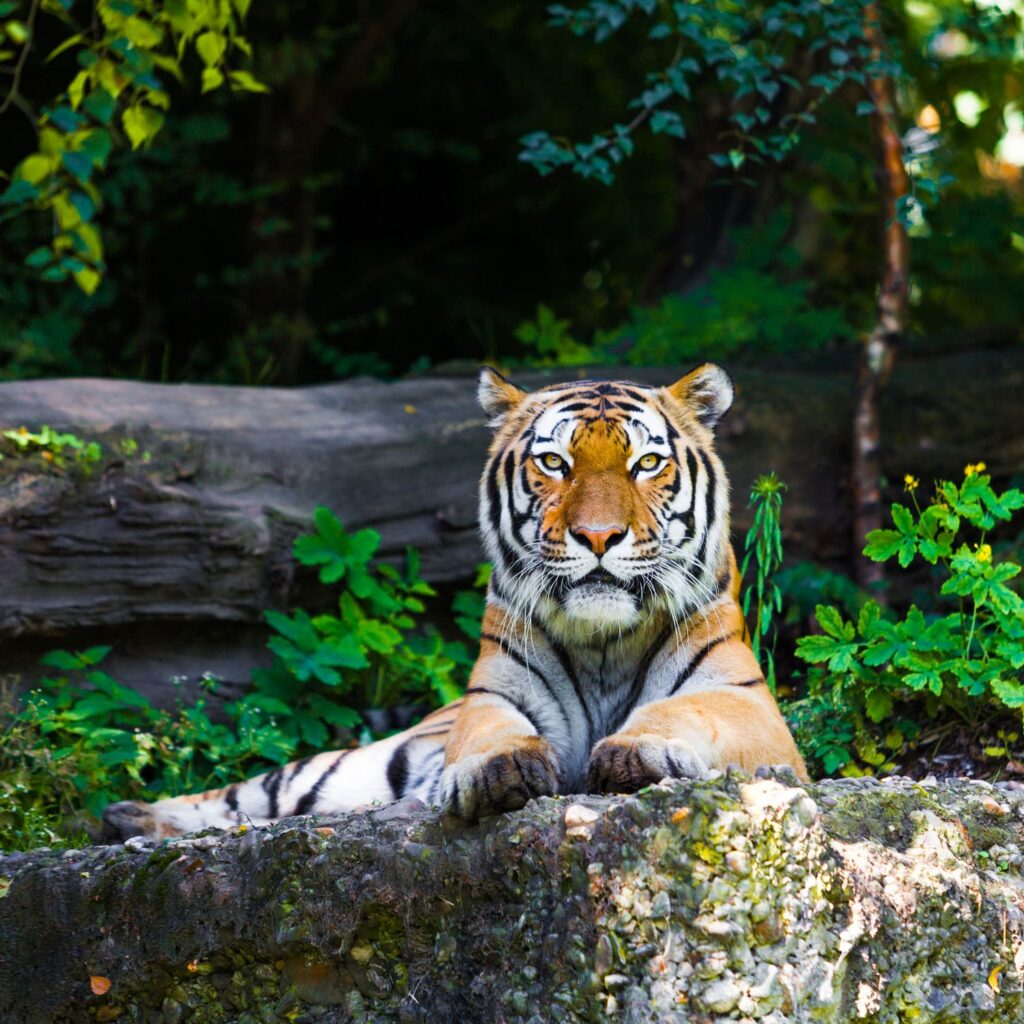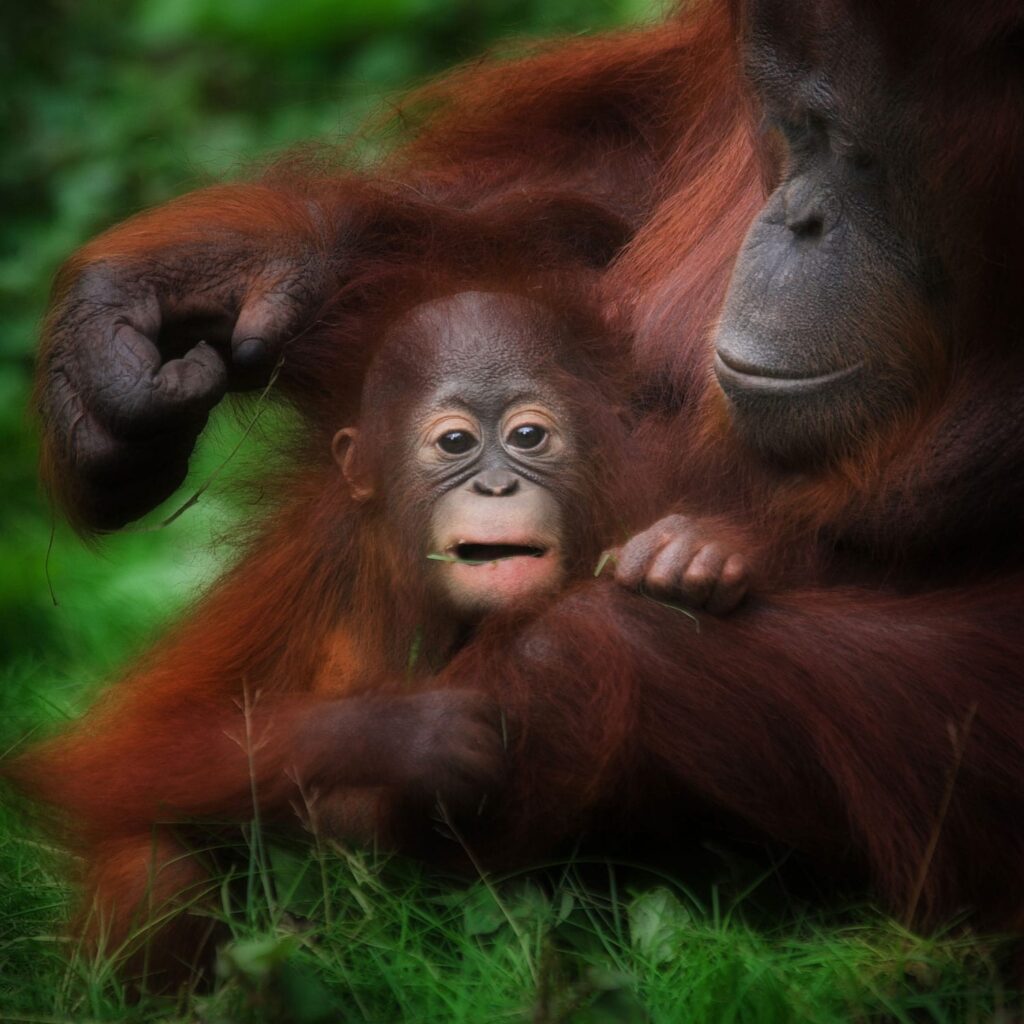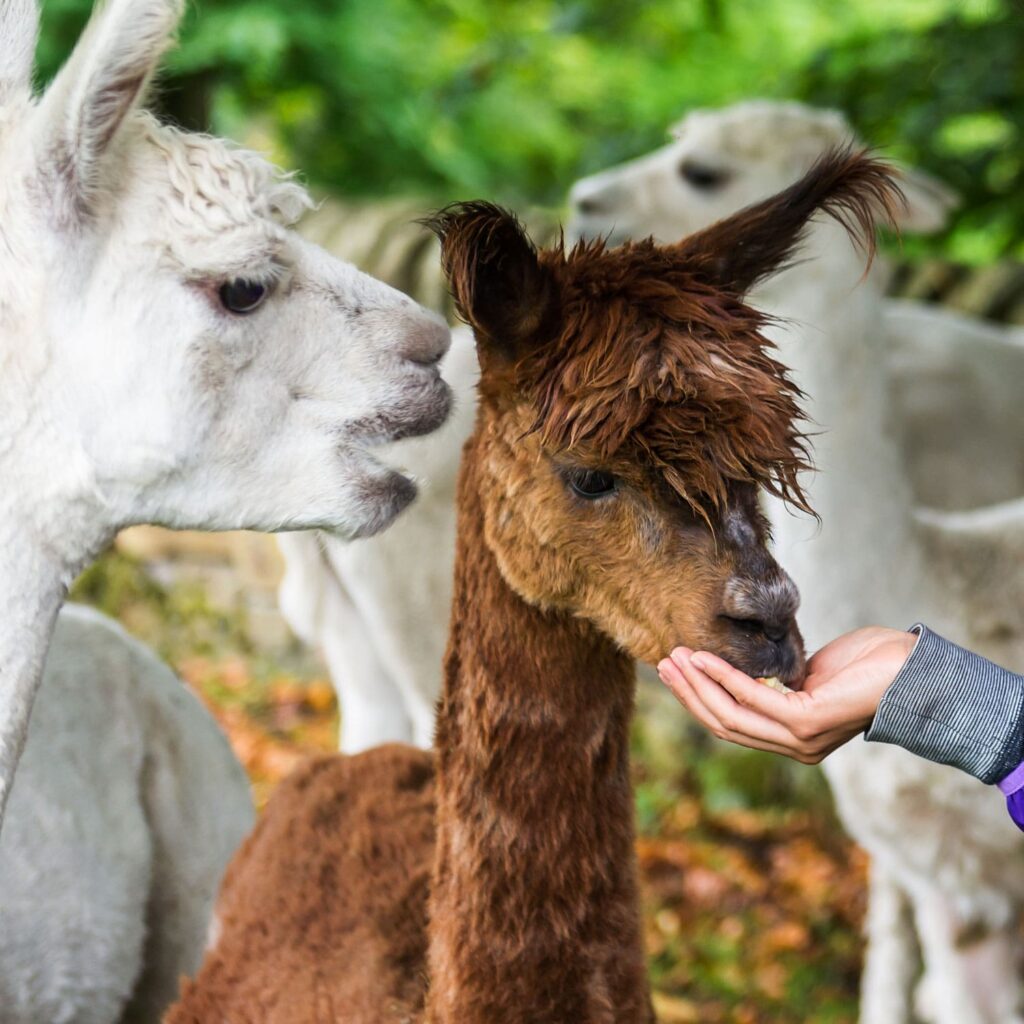Home > FAQ
Otters are a visitor favorite due to their playful nature and social behavior. The zoo’s otter enclosure features both river otters and sea otters, allowing visitors to compare these two closely related species. Watching otters swim, dive, and interact with each other offers a glimpse into their intelligence and adaptability in both freshwater and marine environments.
he zoo’s aviary dedicated to birds of prey is home to eagles, falcons, and other raptors. These birds are known for their incredible vision, sharp talons, and powerful flight. The exhibit provides a chance to observe their hunting behavior and learn about the critical role they play in controlling populations of smaller animals, such as rodents and insects.

The gorilla enclosure is one of the zoo’s most dynamic exhibits, featuring a group of gorillas living in a naturalistic forest habitat.



